1.
Introduction
The given parametric equation, represented as
can be alternatively expressed as
where u≠0, f=f(v), g=g(v), and ⟨b,b⟩=−1. This equation defines an intriguing ruled surface within the expansive three-dimensional Minkowski space L3. The particular surface, characterized by its distinct geometric properties, is precisely recognized as a right conoid. It is distinguished by a light-like axis, defined by the vector (0,1,1), and adheres to the metric signatures (+,+,−) intrinsic to L3.
To untangle the complexities inherent in this parametric representation, we deconstruct its elements. The curve denoted by a(v) serves as a reference axis or curve in the (0,1,1)-direction. Concurrently, the vector function b(v) delineates the generating vector that shapes the ruled surface. The parameter u dynamically dictates the position along this generating vector, while the parameter v effectively parametrizes the curve a(v), playing a crucial role in determining the overall configuration of the ruled surface.
This parametric expression not only captures the essential geometric intricacies inherent in the right conoid, but also serves as a mathematical gateway for understanding its behavior within the confines of three-dimensional Minkowski space. The distinct interplay among the reference curve, generating vector, and parametric controls establishes a framework that facilitates the exploration of the geometric complexities and properties displayed by this ruled surface in the Minkowski space setting.
For a more in-depth understanding, one may refer to the research conducted by Berger and Gostiaux [1] in the context of three-dimensional Euclidean space E3.
This research effort is dedicated to thoroughly exploring the inherent characteristics displayed by hypersurfaces falling into the category of right conoids with a light-like axis (RCH-L) within the extensive domain of four-dimensional Minkowski space, denoted as L4. Our primary focus involves the careful computation of matrices associated with the fundamental form, Gauss map, and shape operator that are intrinsic to these hypersurfaces. By utilizing the strong framework provided by the Cayley-Hamilton theorem, our overarching goal is to discern and quantify the intrinsic curvatures of these specific hypersurfaces.
In addition to our exploration of curvature properties, a fundamental component of our research agenda involves establishing conditions that govern minimality within the specific geometric context under consideration. This requires a nuanced examination of factors that contribute to minimizing particular geometric properties, thereby deepening our understanding of how RCH-L behaves within the extensive domain of four-dimensional Minkowski space.
A critical dimension of our inquiry centers around revealing the intricate relationship that RCH-L shares with the Laplace-Beltrami (L-B) operator within the expansive landscape of L4. By delving into this connection, our objective is to offer insights into the intrinsic geometric properties of these hypersurfaces, further enriching our comprehension of their behavior within the framework of Minkowski space.
Moreover, we extend our analysis to incorporate the presentation of the umbilical condition, shedding light on specific geometric characteristics that RCH-L may exhibit. To provide a comprehensive overview of the geometric properties, we introduce the Willmore functional for the RCH-L, allowing for a quantitative assessment of their shape characteristics.
In Section 2, an in-depth exploration is undertaken to elucidate the fundamental principles and concepts that form the basis of four-dimensional Minkowski geometry. Section 3 is specifically dedicated to providing curvature formulas that are applicable to hypersurfaces in L4. Moving forward to Section 4, a comprehensive definition of hypersurfaces classified as right conoids with a light-like axis is presented. This section emphasizes their distinctive properties and characteristics. Section 5 shifts the focus back to the discussion of the L-B operator for a smooth function in L4 and explores the utilization of the previously examined hypersurfaces in its computation.
The exploration of umbilical right conoid hypersurfaces with a light-like axis in L4 is undertaken in Section 6. The presentation of the Willmore functional for right conoid hypersurfaces with a light-like axis in L4 is provided in Section 7. Finally, the study concludes in the last section.
2.
Preliminaries
In Minkowski (n+1)-space Ln+1, we define sj as σj(k1,k2,…,kn), where σj denotes the j-th elementary symmetric function given by
and use the following notation
By definition, we have r0i=1 and sn+1=sn+2=⋯=0. The function sk is referred to as the k-th mean curvature of M. It is noteworthy that the functions H=1ns1 and K=sn are denoted as the mean curvature and the Gauss-Kronecker curvature of M, respectively. Particularly, M is termed j-minimal if sj≡0. See also Chen et al. [2] for details.
Within the intricate domain of Minkowski 4-space L4, we contemplate an oriented hypersurface denoted as M. In the exploration of various geometric measures associated with this hypersurface, we employ the shape operator, denoted by S=(sij)3×3.
Consider rji=σj(k1,k2,k3) with the specified definition, resulting in r0i=1. The function sk is recognized as the k-th mean curvature of the oriented hypersurface M. Specifically, the mean curvature H is articulated as H=13s1. Moreover, the Gauss-Kronecker (G–K) curvature of M is denoted by K=s3.
Let us investigate the concept of j-minimality concerning the hypersurface M. If sj≡0, we designate this hypersurface as j-minimal. This term indicates a distinctive geometric characteristic where the j-th mean curvature consistently equals zero.
The notations and definitions introduced facilitate a thorough examination of geometric measures, mean curvatures, and the concept of j-minimality for the oriented hypersurface M within the intricate and rich context of L4.
In the realm of Minkowski 4-space, we derive curvature formulas denoted as Ki, where i=0,1,2,3. Refer to Chen et al. [2], Güler [3,4], Li and Güler [7,8,9], and O'Neill [10] for detailed explanations.
The characteristic polynomial, denoted as PS(λ)=3∑k=0(−1)kskλ3−k, of S is determined by
Here, I3 represents the identity matrix. Consequently, the curvature formulas are uncovered as (3i)Ki=si.
In this investigation, a vector is regarded as equivalent to its transpose. We scrutinize an immersion x=x(u,v,w) mapping from M3⊂E3 to L4.
Definition 2.1. Consider two vectors l1=(l11,l12,l13,l14) and l2=(l21,l22,l23,l24) in L4. The inner product between them is given by the expression
Definition 2.2. In L4, the triple vector product for three vectors l1=(l11,l12,l13,l14), l2=(l21,l22,l23,l24), and l3=(l31,l32,l33,l34) is defined by the determinant
where the base elements within L4 are represented by lk.
Definition 2.3. In Minkowski 4-space L4, let S be the shape operator matrix associated with the hypersurface x. This matrix is determined by the product of (gij)−1·(hij), where (gij)3×3 and (hij)3×3 denote the first and second fundamental form matrices, respectively.
The matrix components are defined as gij=⟨xi,xj⟩ and hij=⟨xij,G⟩, for i,j=1,2,3. The Gauss map of x is derived from the expression
3.
Curvatures in L4
In the realm of L4, in this section we unveil the curvature formulas pertaining to a hypersurface parametrized by the function ϕ=ϕ(u,v,w).
Proposition 3.1. Within L4, the subsequent curvature formulas are linked to a hypersurface ϕ=ϕ(u,v,w)
where the polynomial equation m3λ3+m2λ2+m1λ+m0=0 represents the characteristic polynomial PS(λ)=0 of the shape operator matrix S. m3=det(gij) and m0=det( hij), (gij), (hij) denote the first and second fundamental form matrices, respectively.
Proof. The proof revolves around the characteristic polynomial equation of S in L4, detailing the curvatures as follows:
□
Definition 3.2. In the context of L4, a hypersurface ϕ is classified as j-minimal if Kj=0 holds true for j=1,2,3.
4.
RCH-L in L4
In this section, we elucidate the characteristics of the conoid hypersurface with a light-like axis within Minkowski 4-space L4. Subsequently, we explore its geometric properties.
In L4, our focus is on a ruled hypersurface defined by the expression:
where α,β represent surfaces, u∈R−{0}, ⟨β,β⟩=−1, f=f(v), g=g(w), Φ=Φ(v,w) are differentiable functions, and 0≤f,g<2π. The subsequent definition characterizes the hypersurface ϕ=O·ΓT, where the generating hypersurface Γ=(0,0,Φ,u) rotates about the light-like axis ℓ=(0,0,1,1) through
where O∈SO(4), O·ℓT=ℓT, OT·ε·O=O· ε· OT=ε, and ε= diag(1,1,1,−1).
Definition 4.1. We define a conoid hypersurface with a light-like axis immersed in L4, given by the parametrization:
Here, u∈R−{0}, f=f(v), g=g(w), and Φ=Φ(v,w).
The determination of the first fundamental form matrix (gij) is achieved through the computation of the first derivatives of the conoid hypersurface parametrization, represented by Eq (4.1), concerning the variables u,v, and w. This computation yields the following matrix:
The partial derivatives are denoted as fv=∂f∂v, f2v=(∂f∂v)2, and so on. Consequently, the determinant of the first fundamental form matrix (gij) is expressed as det(gij)=−(u−Φ)2W, where W=f2vΦ2w+g2wΦ2v+f2vg2w(u−Φ)2. The categorization of RCH-L, as defined by Eq (4.1), into a space-like (or time-like, light-like) hypersurface depends on the sign of det(gij).
Definition 4.2. A hypersurface is described as space-like if det(gij)>0, time-like if det(gij)<0, and light-like if det(gij)=0.
Since W>0, then det(gij)<0. Hence, RCH-L is a time-like hypersurface.
Applying the Gauss map formula denoted by (2.2), we ascertain the Gauss map of the RCH-L by utilizing Eq (4.1). The derivation process unfolds in the subsequent steps, offering a detailed insight into the determination of the Gauss map
Upon computing the second derivatives concerning u, v, and w for the RCH-L defined through Eq (4.1) and incorporating the Gauss map expressed in Eq (4.3), we derive the ensuing matrix that represents the second fundamental form
fuu=∂2f∂u2, fuv=∂2f∂u∂v, etc.. By utilizing Eqs (4.2) and (4.4), we proceed with the computation of the shape operator matrix denoted as S=(sij)3×3 for the expression given in (4.1). Subsequently, employing Eq (3.1) along with (4.2) and (4.4), we determine the curvatures of the RCH-L defined by Eq (4.1).
Theorem 4.3. Consider an RCH-L denoted by ϕ defined by the equation provided in (4.1) within the space L4. The associated curvatures of ϕ are elucidated, where K0 defaults to a value of 1,
where W=f2vΦ2w+g2wΦ2v+f2vg2w(u−Φ)2.
Proof. Through the application of the Cayley-Hamilton theorem, the curvatures Ki linked to ϕ are established. This establishment involves the exploration of the characteristic polynomial denoted as PS(λ)=0, which is associated with the RCH-L defined by Eq (4.1):
□
Corollary 4.4. Consider ϕ as an RCH-L defined by Eq (4.1) within L4. ϕ is characterized as 1-minimal if the following partial differential equation arises:
where u≠Φ, f2vΦ2w+g2wΦ2v+f2vg2w(u−Φ)2≠0.
Corollary 4.5. Let ϕ represent an RCH-L defined by Eq (4.1) in the context of L4. ϕ is considered to be 2-minimal if the following partial differential equation is met:
where u≠Φ, f2vΦ2w+g2wΦ2v+f2vg2w(u−Φ)2≠0.
Corollary 4.6. Let ϕ represent an RCH-L defined by Eq (4.1) within the space L4. ϕ is deemed to be 3-minimal if the ensuing partial differential equation is presented:
where u≠Φ, f2vΦ2w+g2wΦ2v+f2vg2w(u−Φ)2≠0.
It is important to highlight that the solutions for Φ in the corollaries pose unresolved challenges that require attention.
5.
Laplace-Beltrami operator of the RCH-L in L4
Within this section, attention is directed to the application of the L-B operator to a smooth function within L4. The subsequent steps involve the computation of this operator using the RCH-L defined by the equation in (4.1).
Definition 5.1. The Laplace-Beltrami operator is established for a smooth function φ in domain D, (D⊂ R3) of class C3 relies on the first fundamental form (gij), and is defined by
where φ=φ(x1,x2,x3), (gij)=(gkl)−1 and g=det(gij).
Refer to Chen et al. [2] and Lawson [5] for the Laplace-Beltrami operator details. Consequently, the following is presented.
Theorem 5.2. The Laplace-Beltrami operator for the RCH-L ϕ described by Eq (4.1) is given by Δϕ=3K1G, where K1 denotes the mean curvature, and G represents the Gauss map of ϕ.
Proof. The expression for the L-B operator acting on the RCH-L, as specified by Eq (4.1), is given by
where
W=f2vΦ2w+g2wΦ2v+f2vg2w(u−Φ)2. By substituting the derivatives of the components, as determined by Eq (5.3), into the formula given by Eq (5.2), the formation of Δϕ=(Δϕ1,Δϕ2,Δϕ3,Δϕ4), along with its individual components, is achieved:
where
□
Definition 5.3. The hypersurface ϕ is characterized as harmonic if each component of Δϕ is zero.
Example 5.4. By substituting f(v)=v, g(w)=w, and Φ(v,w)=w into an RCH-L defined by Eq (4.1) within L4, the Gauss map and the shape operator matrix are described by
Following this, the curvatures are determined via
Then,
In summary, the hypersurface is not both minimal and harmonic.
Example 5.5. Opting for f(v)=v, g(w)=w, and Φ(v,w)=v for an RCH-L defined by Eq (4.1) within L4, ϕ exhibits the Gauss map
Hence, the shape operator matrix is established as
The curvatures are expressed as
Finally,
This indicates that the hypersurface is neither minimal nor harmonic. Exploring hypersurfaces that do not conform to the minimal or harmonic categories reveals the complexity of geometric structures and contributes to the development of new mathematical techniques.
Such hypersurfaces may play a significant role in various mathematical theories and applications.
6.
Umbilical condition of the RCH-L in L4
In this section, the umbilical condition for the right conoid hypersurface with the light-like axis is presented.
Definition 6.1. In the context of a hypersurface in L4, a point denoted as p is labeled umbilical if and only if its principal curvatures ki are identical, i.e., k1=k2=k3. This condition leads to the equivalence K13=K3.
Theorem 6.2. For a point p on the hypersurface associated with the right conoid, ϕ:M3⊂E3⟶L4, having a light-like axis, the point is deemed umbilic if and only if it satisfies the partial differential equation
In this context, K1 and K3 denote the mean and Gauss-Kronecker curvatures, respectively.
Proof. Through the utilization of the curvatures inherent in the hypersurface of the right conoid, in conjunction with the light-like axis ϕ, one acknowledges the equivalency of the ensuing partial differential equation
where
□
The above mentioned theorem reveals a notable geometric characteristic of points on the hypersurface. In particular, it is stated that a point on the right conoid hypersurface with a light-like axis attains the status of being umbilic precisely when it complies with the specified partial differential equation. The unresolved issue concerns the identification of solutions Φ for the partial differential equations indicated by (6.1).
7.
Willmore functional of the RCH-L in L4
The Willmore property of RCH-L is presented in this section.
Definition 7.1. Consider a smooth immersion s : M ⊂E2⟶ Rn such that W(s)<∞. We designate s as a critical point for W if
An immersion meeting this criterion is identified as Willmore.
Refer to Li and Yau [6], Toda [11], and Willmore [12,13] for in-depth information on Euclidean aspects. The utilization of the Willmore functional is extended to the RCH-L framework within Minkowski 4-space.
Theorem 7.2. For an immersion ϕ:M3⊂E3⟶L4, the condition of being Willmore is equivalent to satisfying the partial differential equation
where Δ represents the Laplace-Beltrami operator, and K1, K3 denote the mean and Gauss-Kronecker curvatures, respectively.
Proof. By employing the term ΔK1=(K1)uu+(K1)vv+(K1)ww and including the umbilical constraint K13−K3=0, we expose that the ensuing partial differential equation equation is unveiled by using the curvatures given by Theorem 4.3:
where
□
This theorem establishes a significant link between the hypersurface's immersion and its Willmore property. The assertion is that the immersion ϕ mapping a three-dimensional Euclidean space into the four-dimensional Minkowski space L4 attains Willmore status exclusively when it adheres to the prescribed equation. The quest for solutions Φ to the partial differential equation denoted as (7.1) continues to be an unresolved issue. Note that solutions of Eq (7.1) cannot generally be obtained explicitly due to it being a fourth-order highly non-linear equation.
8.
Conclusions
This research undertakes an exploration of hypersurfaces in the four-dimensional Minkowski space L4 specifically categorized as right conoids with a light-like axis (RCH-L). Through meticulous scrutiny, we have effectively computed fundamental matrices associated with the fundamental form, Gauss map, and shape operator inherent to these hypersurfaces. The application of the Cayley-Hamilton theorem has facilitated the unveiling of curvatures distinctive to these hypersurfaces, thereby advancing our understanding of their intricate geometric attributes.
The foundational investigation into fundamental principles and concepts in four-dimensional Minkowski geometry establishes a sturdy foundation. Essential curvature formulas relevant to hypersurfaces in L4 are presented, offering pivotal insights into the mathematical complexities involved. A comprehensive delineation of RCH-L is provided, highlighting their unique properties that distinguish them within the realm of hypersurfaces.
The focus then shifts to the Laplace-Beltrami operator, establishing its correlation with the previously examined hypersurfaces and showcasing its practical application in computations. Umbilical right conoid hypersurfaces are introduced, further broadening the scope of our exploration. Lastly, the study delves into the Willmore functional, introducing an additional layer of analysis and understanding to the RCH-L in L4.
Author contributions
Yanlin Li, Erhan Güler, and Magdalena Toda: Establishment of theoretical research; Design and interpretation of the manuscript, theoretical analysis, drafted the manuscript, revision; provided critical feedback to the manuscript, revision; Provided suggestions for the manuscript; Revision, translation, proofreading of the manuscript. All authors have read and approved the final version of the manuscript for publication
Use of AI tools declaration
The authors declare they have not used Artificial Intelligence (AI) tools in the creation of this article.
Conflict of interest
The authors declare no conflicts of interest.









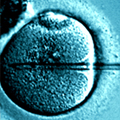
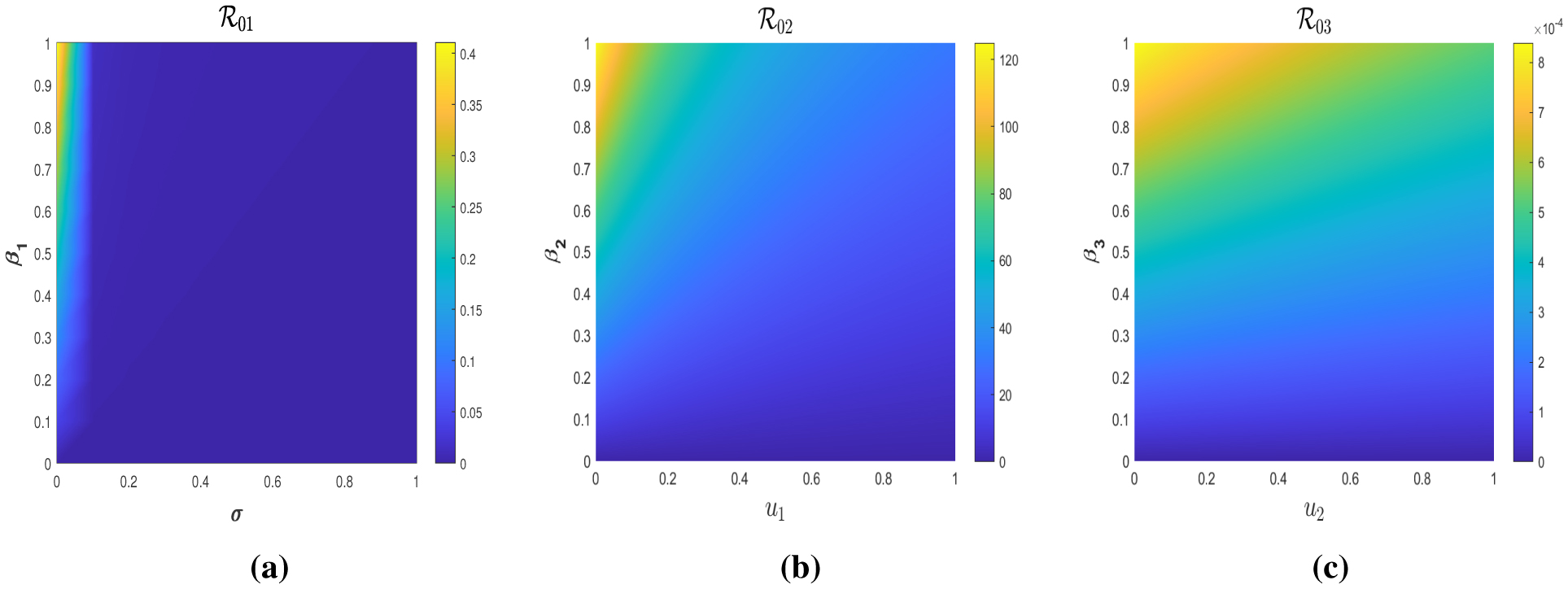
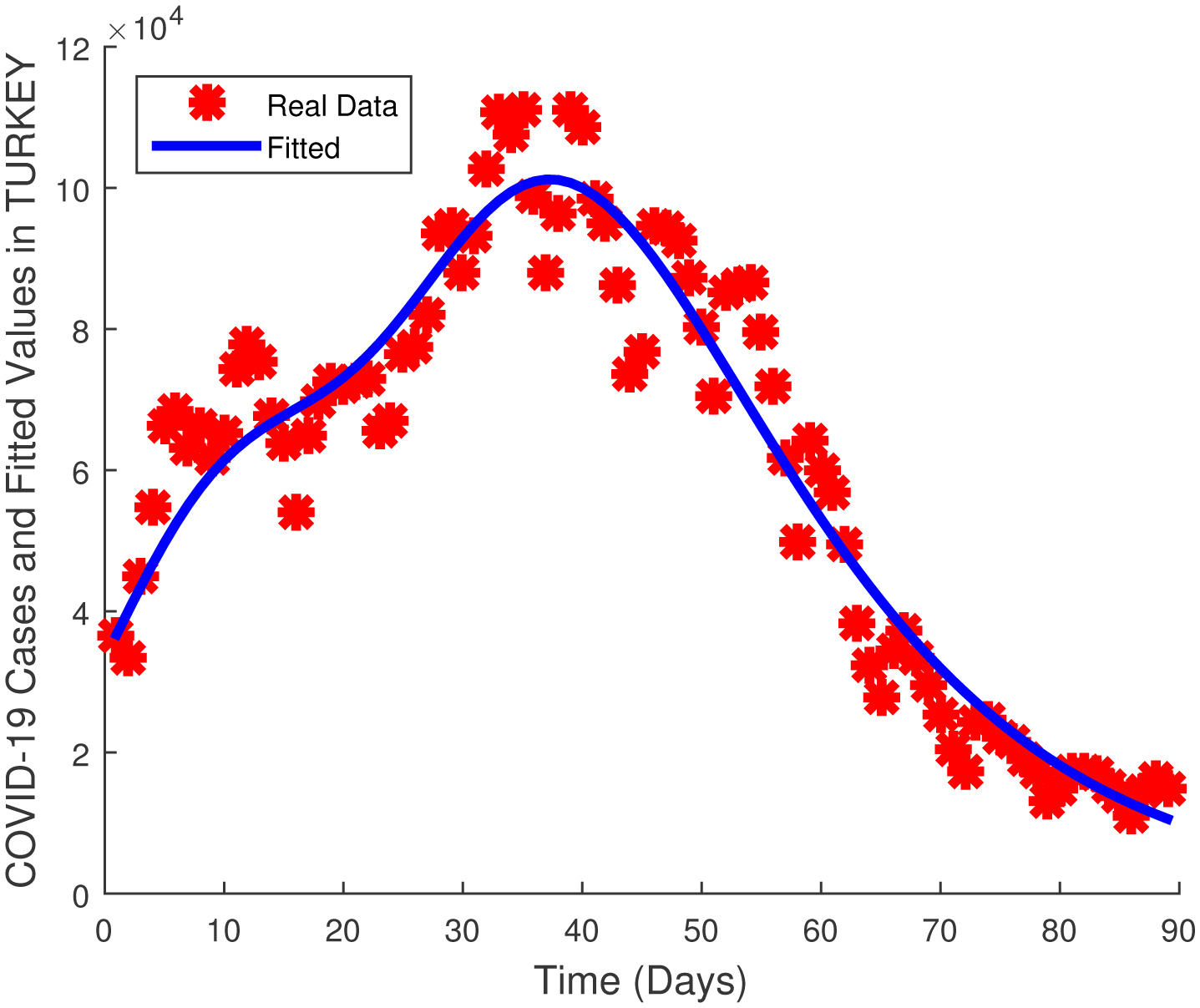
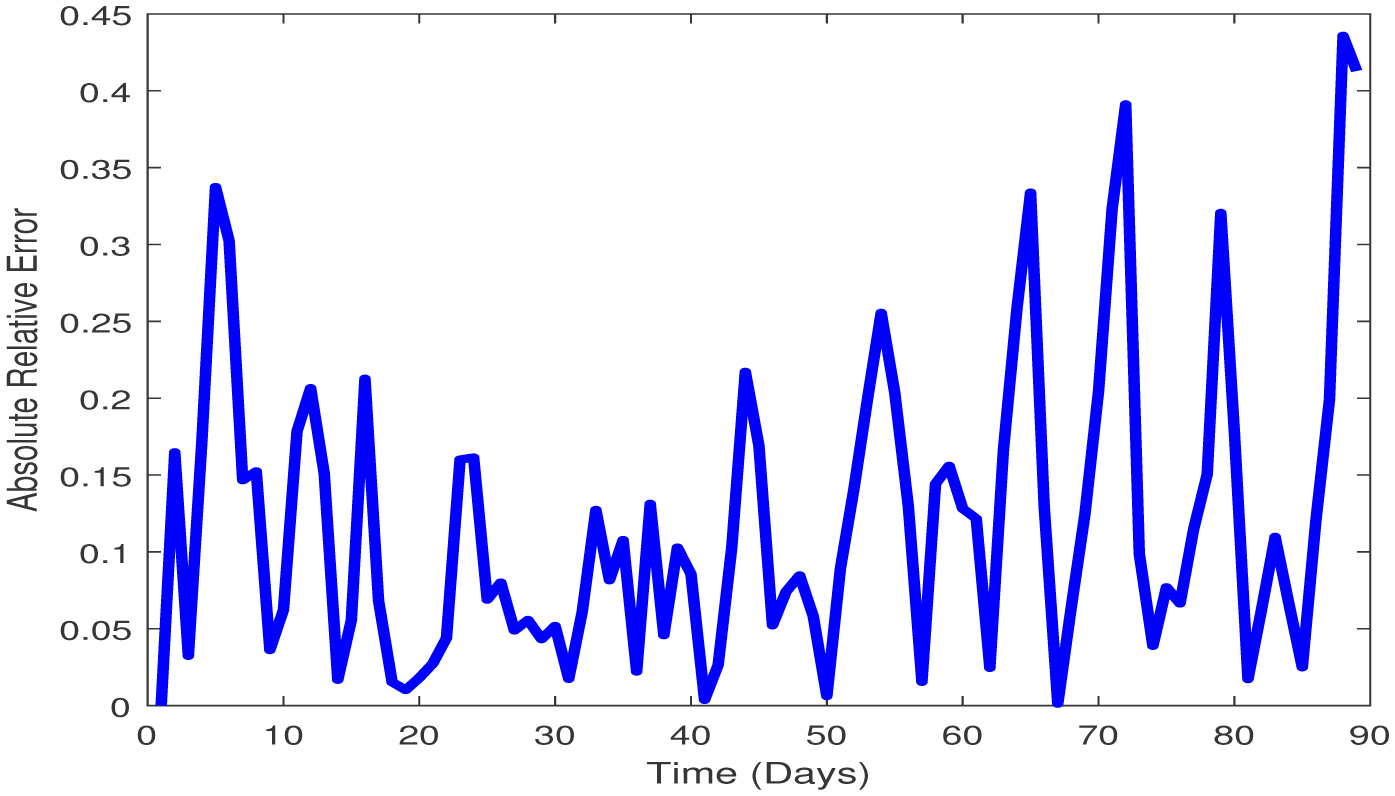
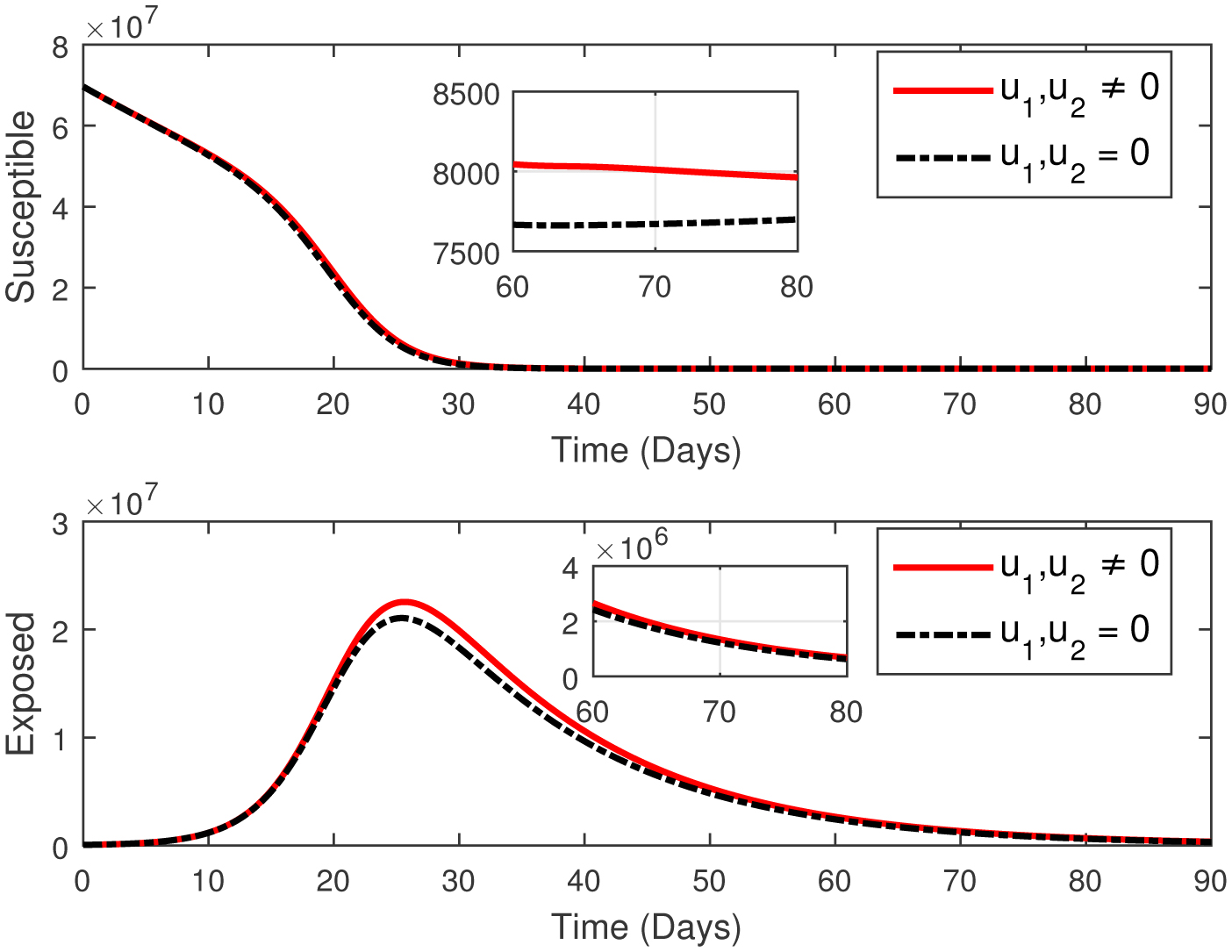
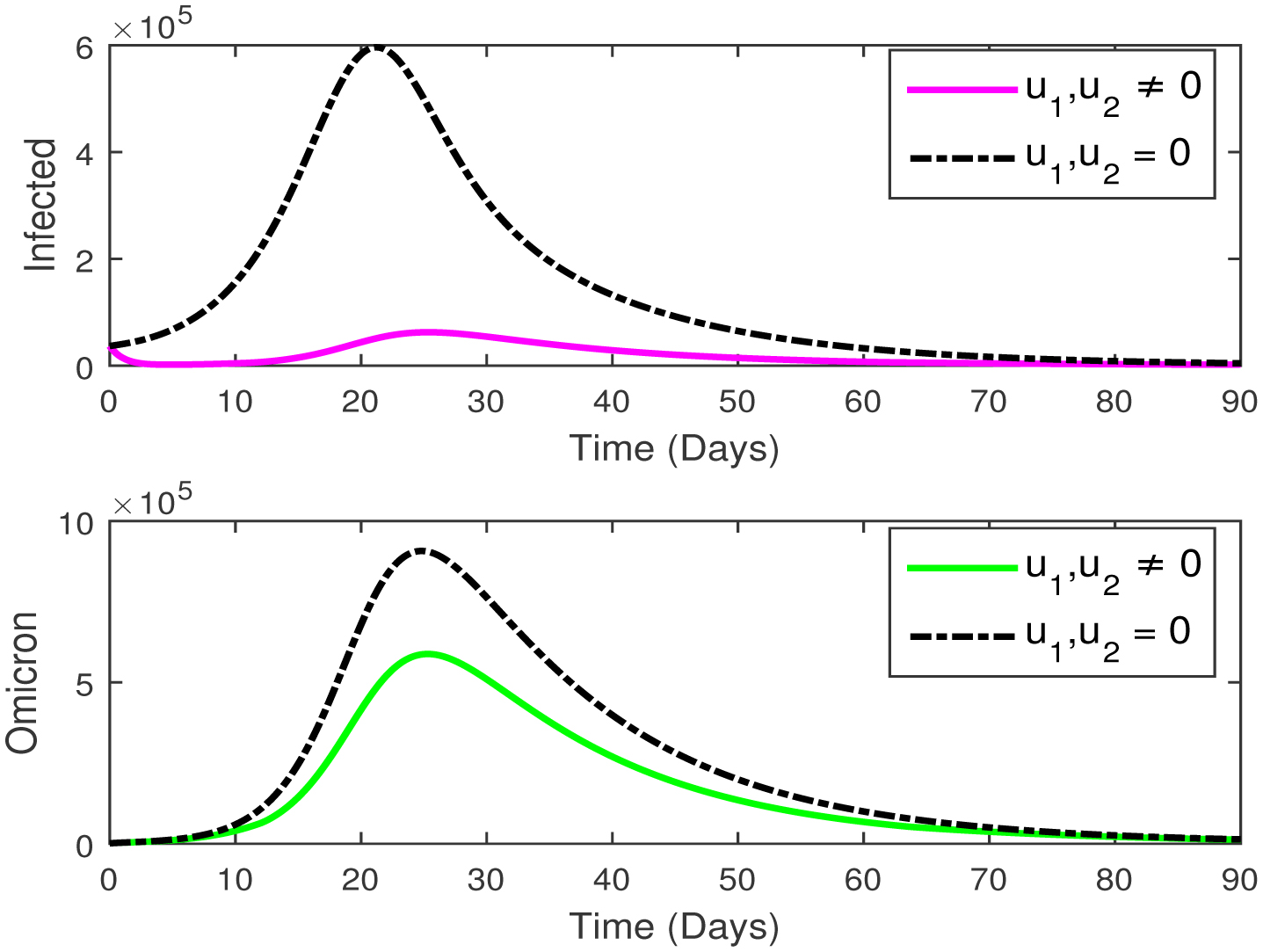
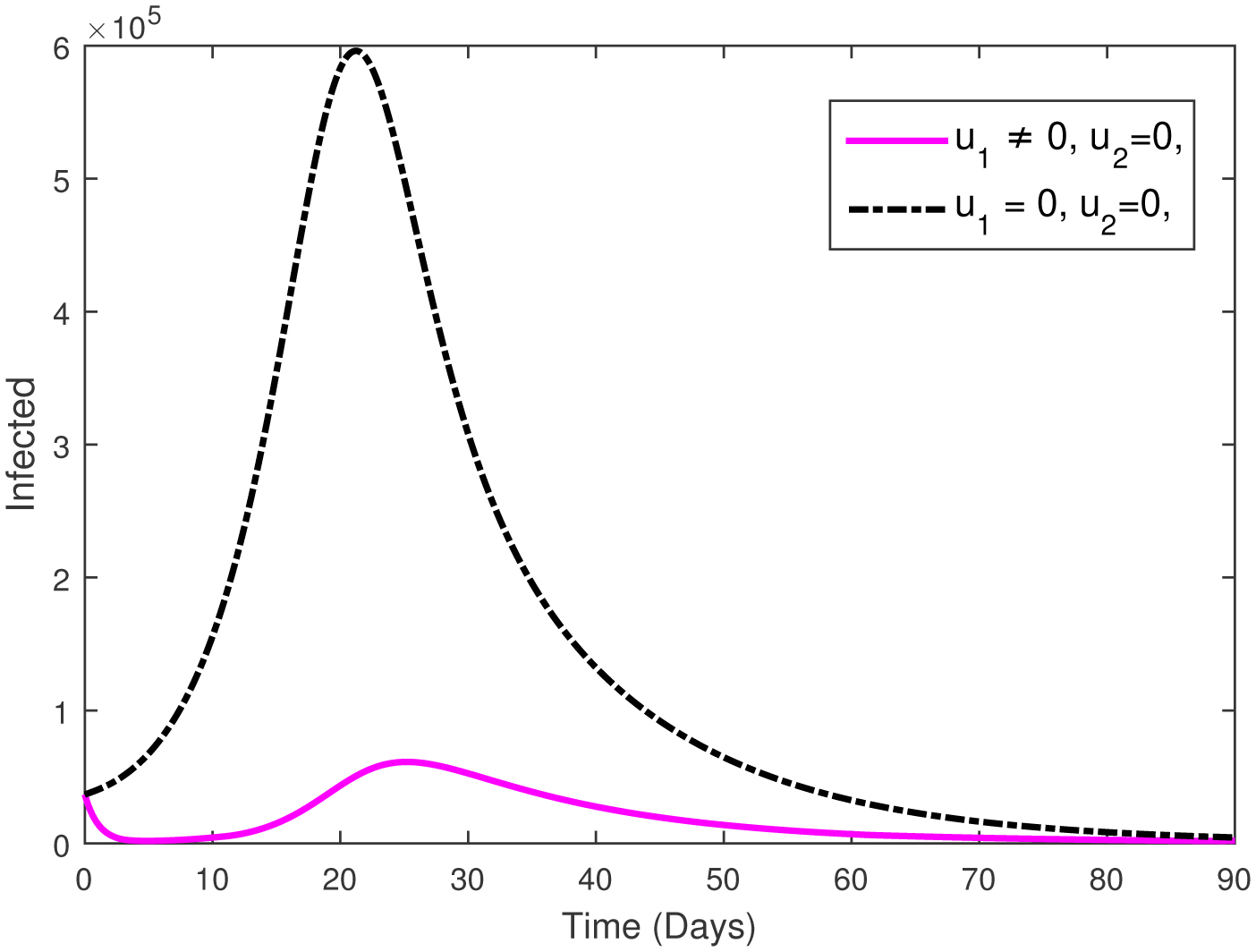
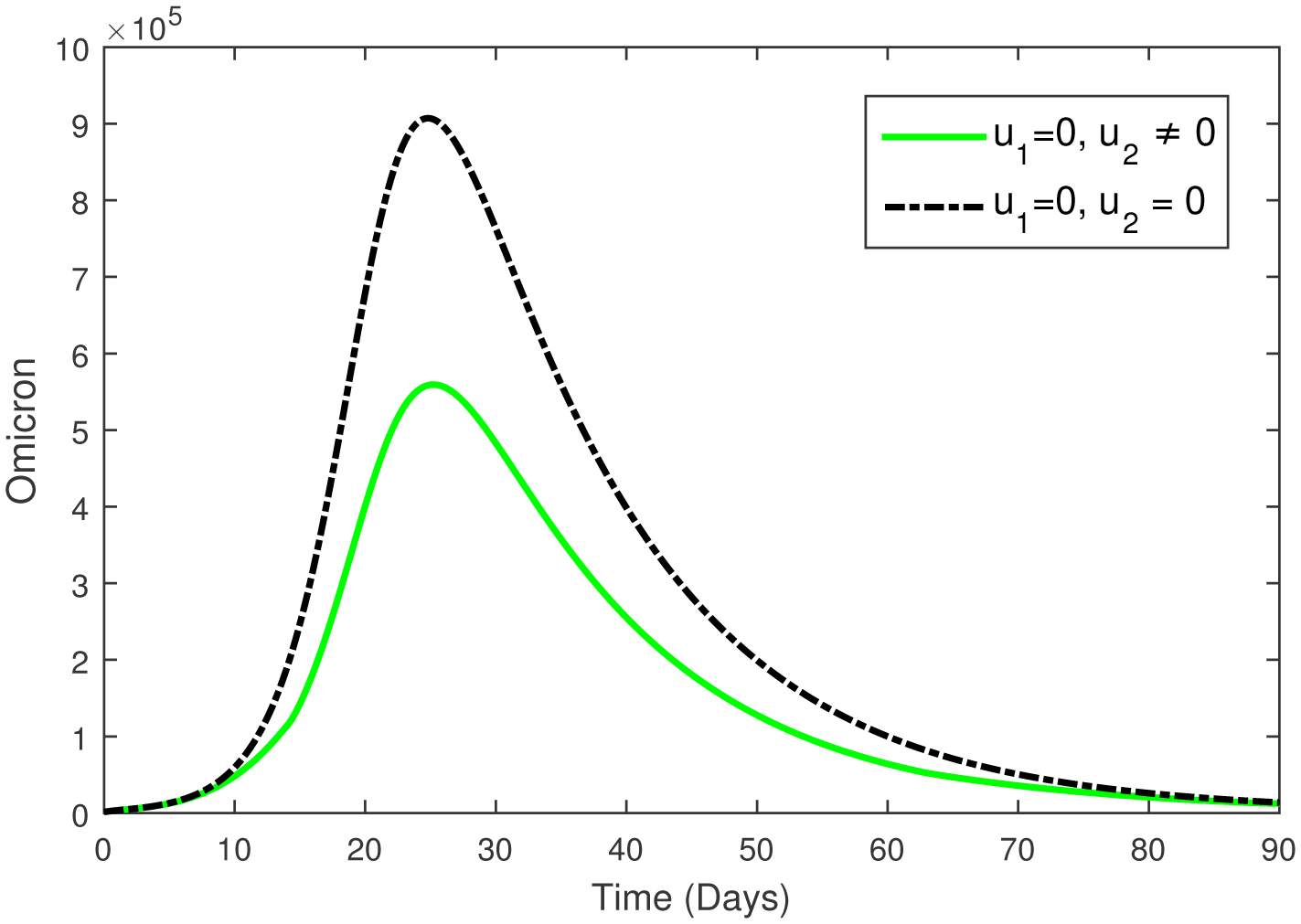
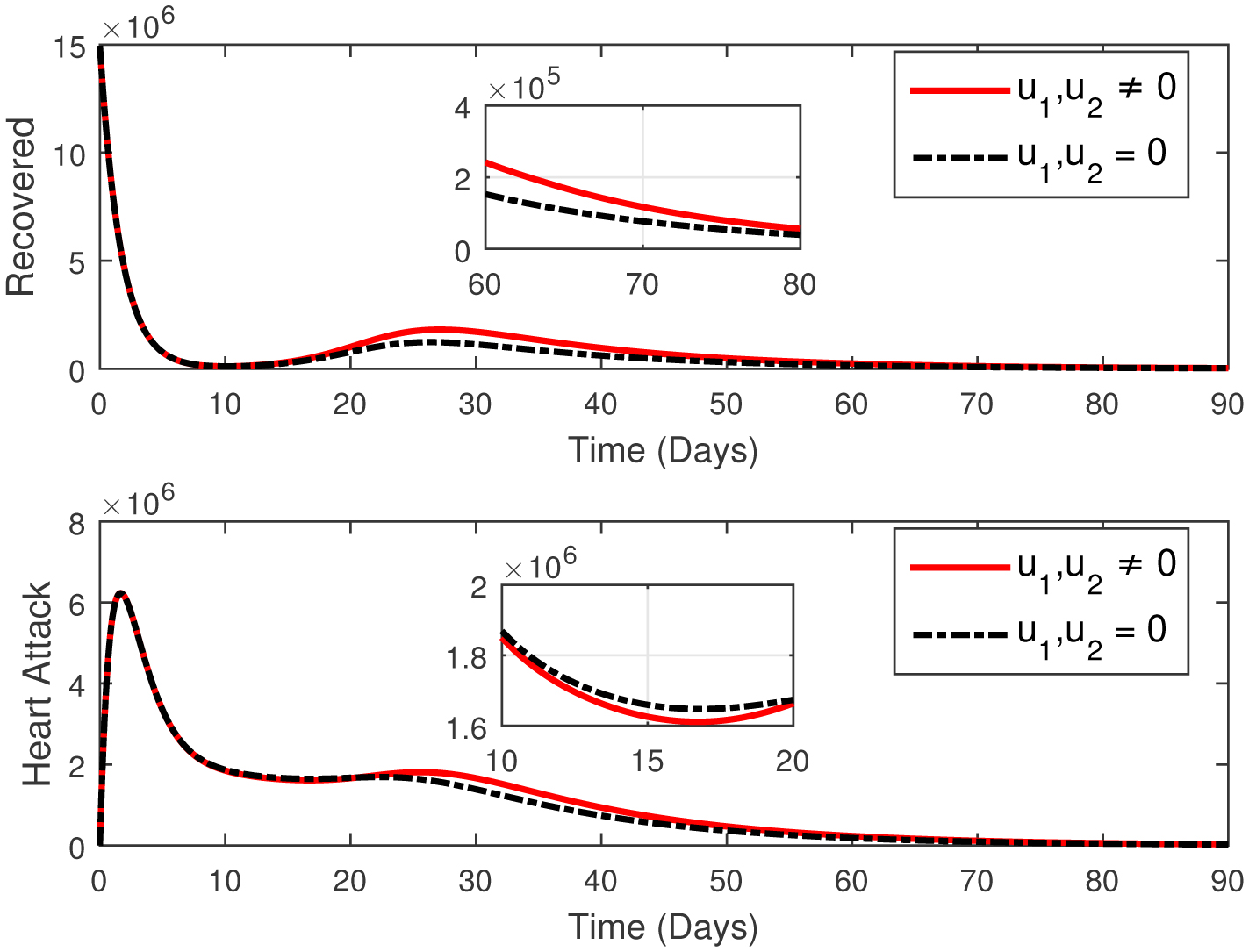
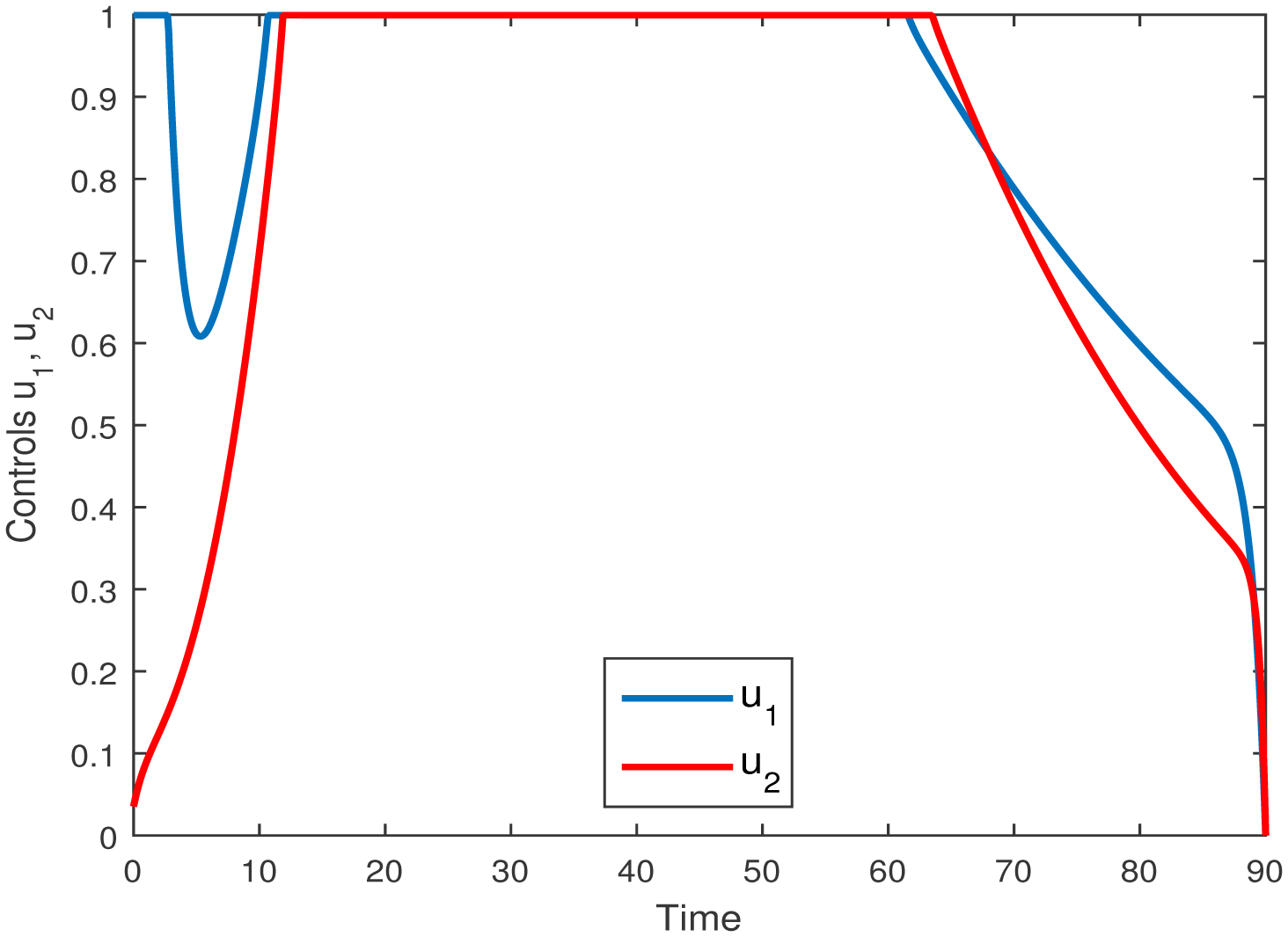


 DownLoad:
DownLoad: